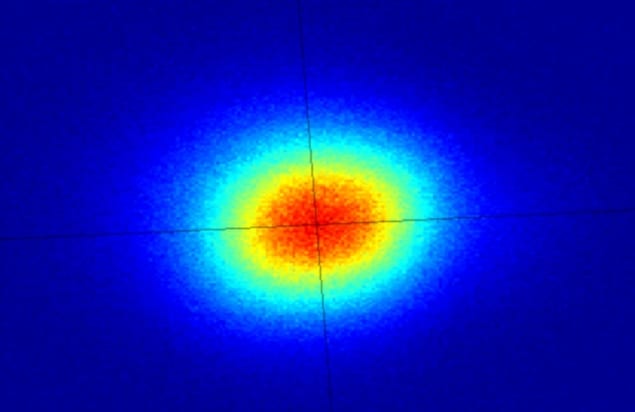
Machine learning has been used by scientists in the US to reduce unwanted fluctuations in photon beams from a synchrotron light source. The technique does this by stabilizing the synchrotron’s electron beam and offers a way around an important barrier to the development of next-generation facilities.
The work was done by Simon Leemann and colleagues at the Lawrence Berkeley National Laboratory (LBNL) in California and could allow emerging analysis techniques that require high beam stability – such as X-ray photon correlation spectroscopy (XPCS) – to be implemented on synchrotons.
Synchrotron light sources are extremely useful scientific instruments because they deliver bright, high-quality beams of coherent electromagnetic radiation from infrared wavelengths up to soft X-rays. The light is produced by accelerating electrons in a storage ring using powerful magnets – taking advantage of the fact that an accelerated electron emits electromagnetic radiation. In modern synchrotrons, the acceleration is enhanced using magnetic wigglers and undulators.
The technology is now entering its fourth generation and future synchrotrons could create light beams up to three orders of magnitude brighter than available today. These facilities should make it possible to study physical and chemical processes on length scales ranging from nanometres to microns; and timescales from nanoseconds to minutes. One possible application would be acquiring complex 3D maps of chemical reactions that could potentially lead to a deeper understanding of electrochemical systems including batteries and fuel cells.
Vertical instability
One potential limitation on the performance of fourth-generation facilities is the relatively large instability in the vertical profile of a synchrotron’s electron beam. This instability leads to fluctuations in the position and size of the light beams, which will make it difficult to implement techniques such as XPCS.
Current stabilization techniques use a combination of predetermined models and tedious manual calibrations to achieve a stability of around 10% of the electron beam width. This is adequate for third-generation facilities, but much tighter control will be needed in fourth-generation synchrotrons.

China’s next big thing: a new fourth-generation synchrotron facility in Beijing
Now, Leeman’s team has shown that much greater stability can be achieved by using machine-learning algorithms to adjust existing beam-control instrumentation. They developed a neural network designed to prevent width fluctuations from occurring in the electron beam at the third-generation Advanced Light Source (ALS) at LBNL. The algorithm was trained using two datasets. One comprises the distribution of magnetic “excitations” that are used to control the shape of the electron beam. The other is the width of a photon beam obtained from the ALS.
Using this information, the neural network constructed a table of how the magnetic excitations affected the final photon beam width. By continually updating this table, and referring back to it three times per second, the synchrotron could then automatically adjust its electron beam. This resulted in vertical electron-beam fluctuations of just 200 nm – just 0.4% of the beam’s vertical extent and suitable for fourth-generation synchrotrons.
The research is described in Physical Review Letters.



